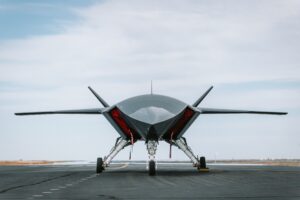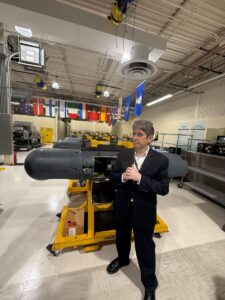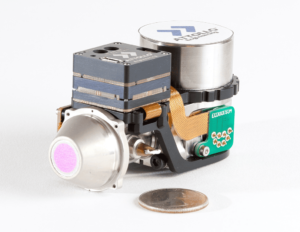
An air-launched cruise missile warhead was not the only major civilian nuclear-weapons program slowed by COVID-19 supply chain snafus, but it was the only one drastically affected by the pandemic response, a senior government official said Tuesday. “I wouldn’t say it was the only one that was impacted,” said Air Force Brig. Gen. Stacy Jo Huser, principal assistant deputy administrator for military application at the National Nuclear Security Administration (NNSA). “I would say that it’s obviously the only one that…

 By
By 








